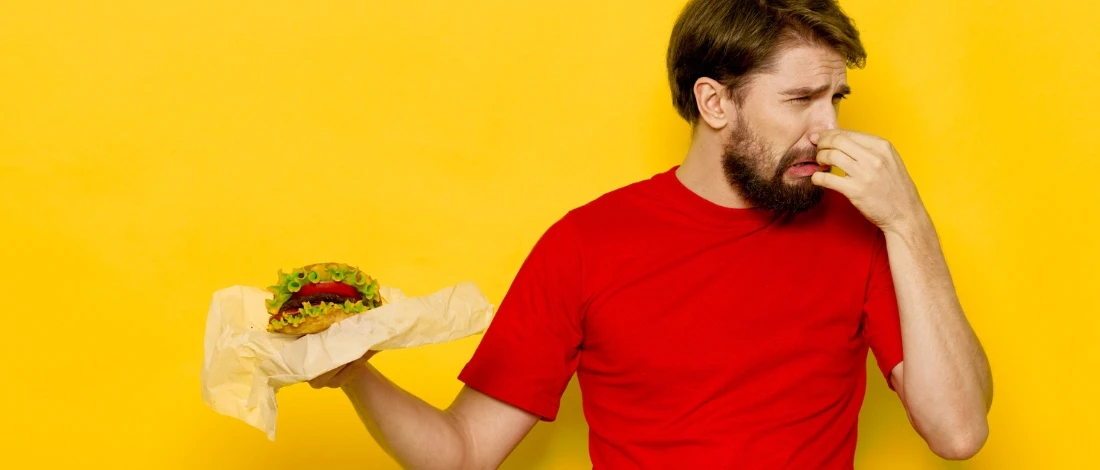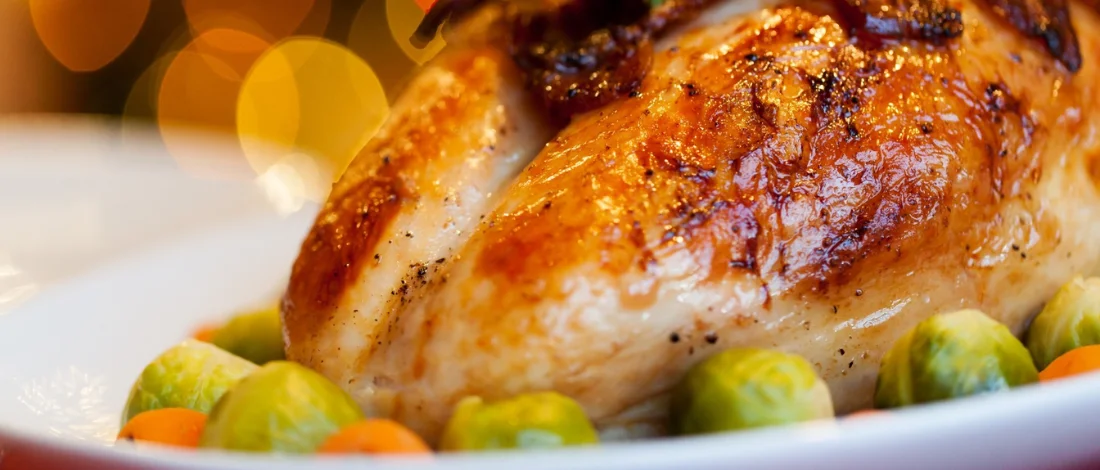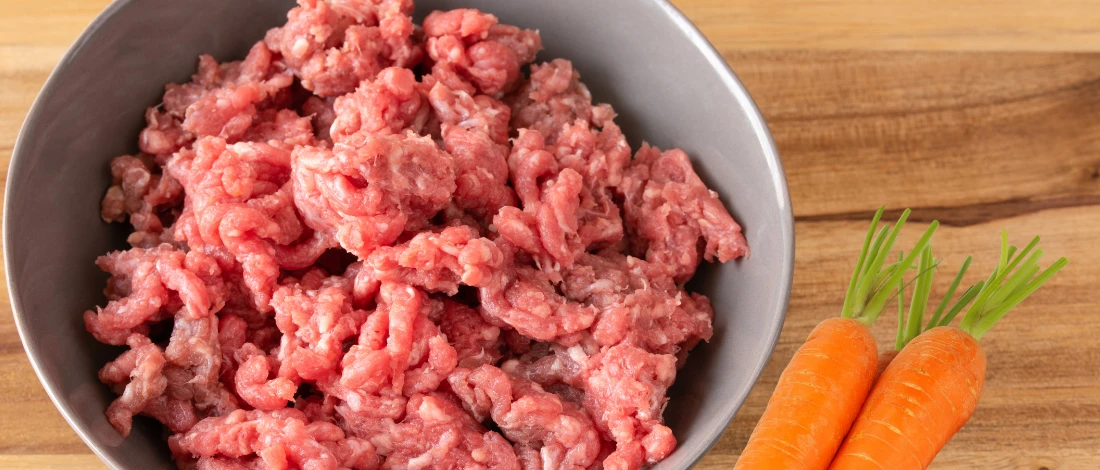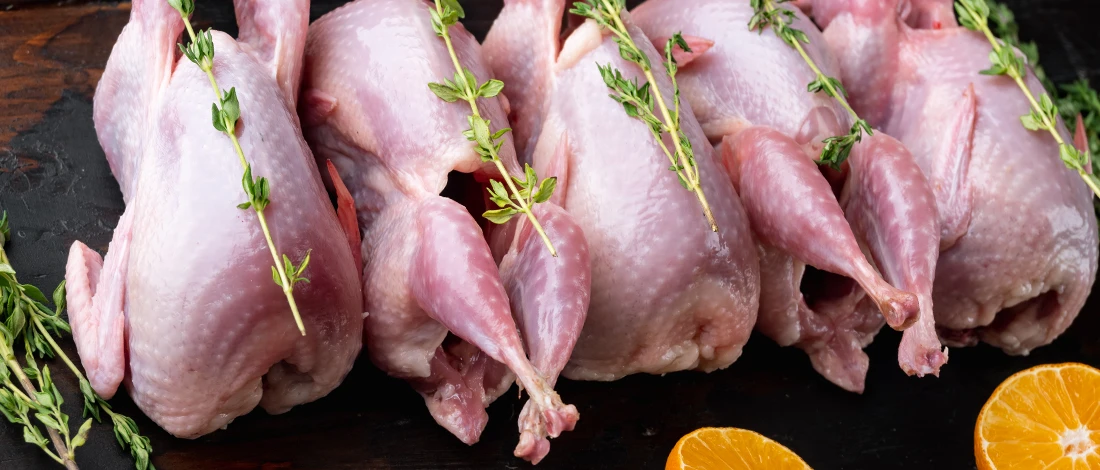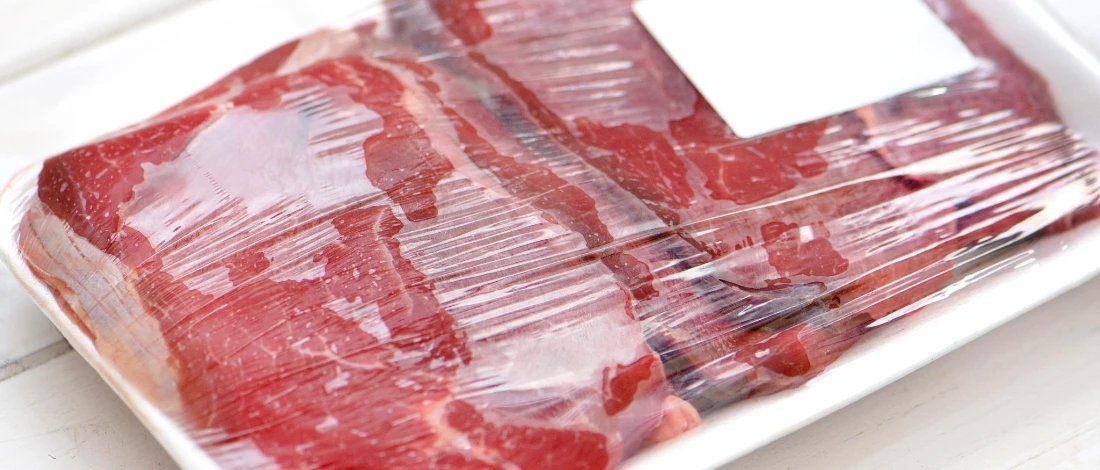I am a dedicated carnivore who loves steak. I have eaten steak in all its forms and cooked it in every way possible - from rare to well-done.
With all my years of steak-eating experience, I have eaten blue steak on many occasions and enjoyed it.
However, many people question whether it is safe for consumption. Read on for the results of my research on this topic.
Quick Summary
- Blue steak, seared quickly at high temperatures but raw inside, is safe to eat when properly prepared.
- The best cuts for blue steak are thick, lean, tender cuts like filet mignon, sirloin tip, and flank steak.
- The cooking process involves high heat searing of all surfaces, ensuring bacteria are destroyed, making the steak safe to consume.
Why is It Called Blue Steak?

Blue steak is a steak that has been seared very quickly at a high temperature.
The outer layer is browned or charred, while the inside is still cool and basically raw. The interior of the steak will be a deep red or purple color.
This type of steak is sometimes called Pittsburgh rare steak, black and blue rare steak, or reverse seared steak.
Reasons People Like Their Steak Blue

Some people’s idea of the perfect steak is one that is extra rare and completely red in the middle.
If you are a fan of rare meat, you may love eating blue steak. It has all the flavor of a rare cut with the added benefit of a seared, crispy exterior.
Another reason people like blue steaks is that they are quick to cook. With this method, you can have a delicious steak dinner on the table in less than 15 minutes.
In addition, blue steak is easier to cook than a rare or medium-rare steak. It is almost impossible to overcook this steak, so even beginner chefs can make a great steak with this method.
Rare steak can be difficult to get right - if you cook it for too long, it can be too done in the middle, or the outside can be overcooked and dry when the inside is at the right temperature.
Is Blue Steak Safe To Eat?
Blue steak is safe to eat, but this is a valid question given that the FDA recommends cooking steak to an internal temperature of 145 degrees Fahrenheit [1]. Any harmful bacteria that cause food poisoning should be killed when you cook steak to this temperature.
Steak should not be served raw as it can make you ill.
"Raw and undercooked meat and poultry can make you sick. Raw meat may contain Salmonella, E. coli bacteria, Yersinia, and other bacteria."
- Centers for Disease Control and Prevention
However, the consensus is that this type of steak can be an exception to the rule.
This is because all the bacteria on an uncooked steak are on the entire outer surface (as long as that exterior remains intact).
Thus, the high heat searing the entire surface of the steak will kill pathogens and destroy bacteria.
It also prevents them from penetrating the interior. This means that this steak is safe as long as all the edges are seared - top, bottom, and all sides.
Of course, whether or not you decide to eat this depends on your personal preferences and risk tolerance.
If you are pregnant, have a weakened immune system, or are otherwise at risk for food-borne illness or food poisoning, you may choose to avoid this steak out of caution.
Also Read: What Is the Red Juice in Steak?
Cuts Of Steak Blue

Because you are searing the exterior without cooking the interior, you want to choose a steak at least 1-inch thick.
This will ensure that the inside is still raw when the outside is cooked. In fact, a 1.5-inch cut is even better.
You also want to use a tender and lean cut of meat without much marbling and few fat intrusions.
As such, some of the best steak cuts for perfect blue steak are:
- Filet mignon
- Sirloin tip
- Flat iron
- Top sirloin
- Flank steak
- Any round steak
You want to avoid cuts of beef with much fat running through them because that fat will not render out and cook down in the short time you are searing the steak. The result will be a steak with pockets of raw, tough, and chewy fat.
You also don't want to use inexpensive, tough cuts of meat because they will not be tender enough to eat without the heat breaking down the connective tissues. You also don't want to use a thin cut because the insides will cook along with the outside and you won’t get that blueish or purple color.
Some cuts of meat to avoid would be:
- Bottom sirloin
- Scotch fillet
- Porterhouse
- T-bone
- Hanger
- Ribeye
- Skirt steak
Additionally, Kobe and wagyu beef are very fatty and do not work well with this cooking method [2].
Cooking A Blue Steak

Now that you know all about blue steak, let's walk through how to cook one. This cooking method is straightforward and only requires a few minutes.
Here's what you need to do:
- Place a small amount of olive oil in the bottom of a heavy skillet along with any seasoning you may want (salt, garlic, etc.).
- Preheat the skillet on the stove over high heat until the olive oil begins to smoke.
- Pat your steak dry and then place it on the cooking surface. You should hear the sizzle of the searing process if your pan is at the right temperature.
- Allow the steak to cook for 60 seconds. Do not move, manipulate, or poke the steak while cooking.
- Flip the steak and repeat the cooking process for another minute on this side. After this, both sides should be sealed and browned.
- Next, take the meat and roll the outer edges in the pan to sear them as well. Now the entire outer surface of the steak should be charred.
- After this, remove the steak from the pan and place it on a plate. You may choose to rest it for 3-5 minutes to allow the juices to redistribute before cutting into it.
- If you take its interior temperature, it should be less than 90 degrees Fahrenheit.
And that's all there is to it. This simple cooking method results in a perfectly safe steak that you can enjoy without worry.
One safety item to note: If you are using serving tongs, you will want to sterilize them after each time they touch raw steak. This way, you avoid cross-contamination of the meat as you cook it.
Related Articles:
FAQs
Why Is It Named Blue Steak?
It is named "blue steak" because the meat's interior is still raw. The myoglobin in raw meat is not exposed to oxygen, so it has a red-purple tint. Perhaps it is not exactly a blue color, but the name has stuck.
Once the meat is cut open, oxygen reaches the muscle and turns it to a bright red color - so do not expect to see much blue in your steak.
What Does Blue Steak Taste Like?
Blue steak tastes like a delicious cut of beef, but with a twist. The outer steak has a savory, charred taste from the intense heat. But the cool center will have a clean, beefy flavor.
The richness is accompanied by a mild and slightly salty flavor that awakens the taste buds.
When eaten on its own, this steak pairs well with tangy sides like pickled vegetables or strong cheeses. However, its mild flavor also lends itself well to more complex preparations.
What Texture Does Blue Steak Have?
Blue steak has a spongy, chewy texture because its proteins were never broken down by cooking. It has the same texture as the muscle at the base of the thumb of your non-dominant hand when it is palm up and relaxed.
The meat melts in your mouth with its tender and juicy consistency and has an almost buttery-like richness. The chewiness promotes slow and mindful eating, allowing you to savor every bite.
How Do You Cook Blue Steak on a Grill?
Cooking blue steak on a grill requires a scorching grill before you place your steak on it. The method is not significantly different from cooking it in a skillet. The main thing to remember is that you want to make sure your grill is scorching before adding the steak.
If you use a charcoal grill, put in plenty of charcoal and wait until the coals are white-hot before adding the meat. If you are using a gas grill, turn all of the burners to high.
You may want to season the meat directly before cooking, but then put the steak on the hottest part of the grill and sear it for a minute. Like before, flip it and let it cook for 60 seconds on that side as well. Finally, roll the edges of the steak as necessary to ensure they have a good char.
References:
- https://www.fda.gov/media/93628/download
- https://www.livestrong.com/article/171027-kobe-beef-nutrition-facts/


